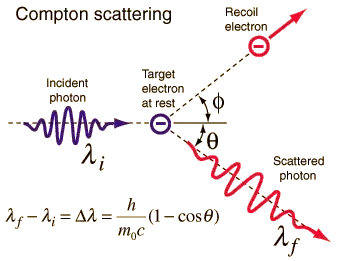The one thing that all will agree about is the proper time $ d\tau $.
Energy is not conserved but action it is, because it's expressed in terms of proper time.
In order to see what is to be seen in the other reference frame one must do a coordinates transformation of a 4-vector:
$$ (V')^{\mu} = \frac{\partial X^{\mu}}{\partial X^{\nu}} V^\nu $$
or
$$ (V')_{\mu} = \frac{\partial X^\nu}{\partial X^{\mu}} V_{\nu} $$
if things depend on passing through multiple references
$$ (V'')^{\mu} = \frac{\partial X^{\mu}}{\partial X{^{\nu}}} (V')^{\nu} $$
$$ (V'')^{\mu} = \frac{\partial X^{\mu}}{\partial X^{\nu}}\frac{\partial X^{\nu}}{\partial X^\sigma} V^\sigma $$
$$ ... $$
What one might see as red-shifting of some sort of degree due to gravitational field someone else would not see the red-shifting if he was on a direct course towards the gravitational field generator.
But again a 3rd observer would see both the red-shifting of 1st frame and blue-shifting of the 2nd frame if he was in between the 2 above "frames" standing - "at rest".
So for the electromagnetic tensor $ F_{\mu\nu} (=\frac{\partial \phi_\mu}{\partial X^\nu} - \frac{\partial \phi_\nu}{\partial X^\mu}) $ one must perform a coordinate transformation:
$$ (F')_{\mu\nu} = \frac{\partial X^{\alpha}}{\partial X^{\mu}}\frac{\partial X^{\beta}}{\partial X^{\nu}} F_{\alpha\beta}$$
This transformations are proper time based and they express the real "value" seen in the "other" reference frame.
If one does the math for the partial derivatives for Minkowski metric one will get the Lorentz transformation of a general boost which can be applied to the electromagnetic tensor.
$$ (F')_{\mu\nu} = \Lambda_{\mu}^{\alpha}\Lambda_{\nu}^{\beta} F_{\alpha\beta}$$
A charge will be influenced differently ($ \frac{dp^\mu}{d\tau} = e F^\mu_\nu U^\nu $) by $ (F')_{\mu\nu} $ than by $ F_{\mu\nu} $ depending on the relative motion of the generator of $ F_{\mu\nu} $ .
The field once generated it is "independent" of the source and one also must use the "retarded" position/velocity of the source at the appropriate time in the "past".
Note: here $ F^\mu_\nu = \eta^{\mu\sigma} F_{\sigma \nu} $
One could stop for a while and read Feynman's Lecture (for a better description) :
http://www.feynmanlectures.caltech.edu/II_26.html
